Home>Furniture & Design>Interior Design Trends>How To Clean Glass Windows
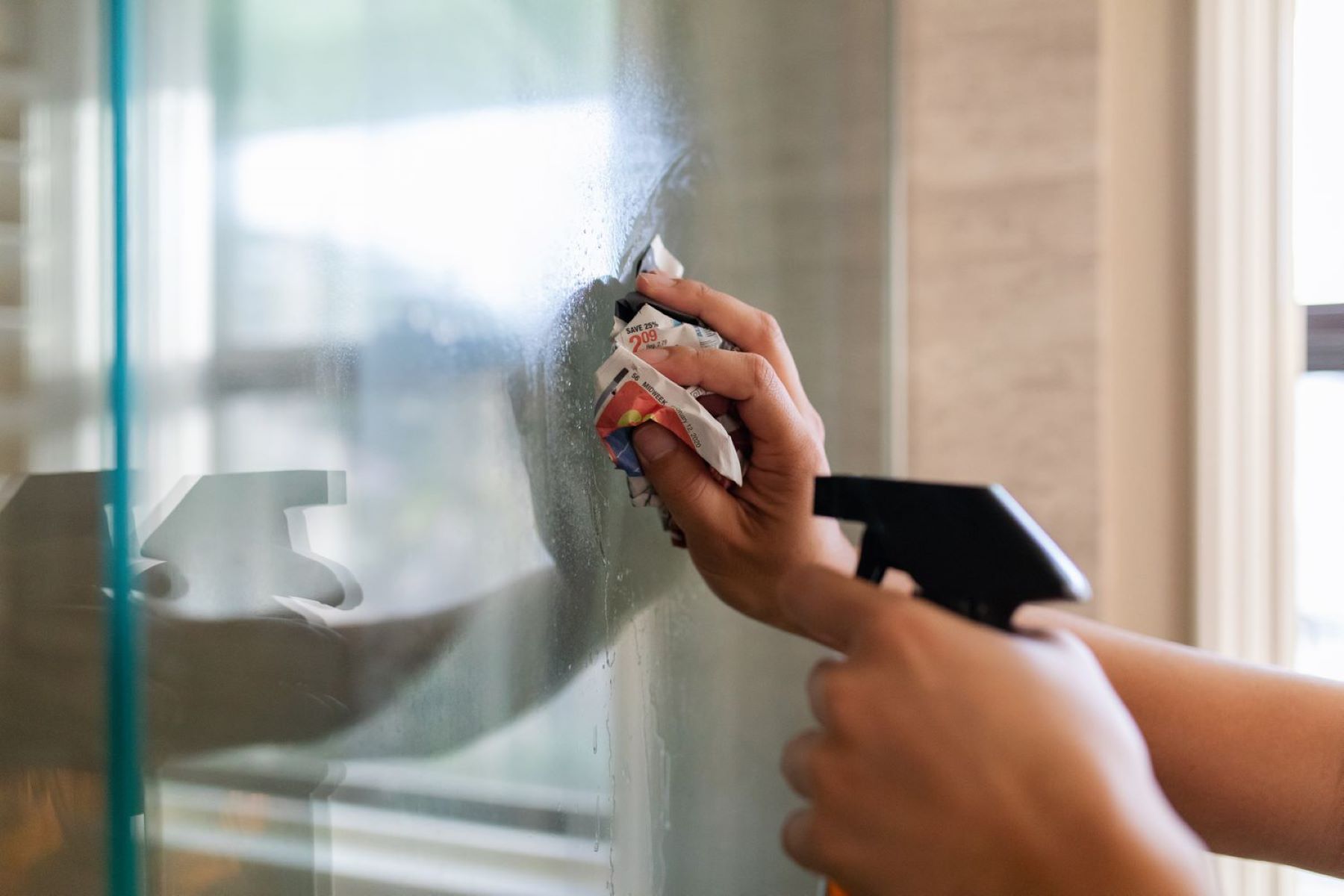

Interior Design Trends
How To Clean Glass Windows
Modified: August 16, 2024
Learn the best techniques for cleaning glass windows to keep up with the latest interior design trends. Keep your windows sparkling and enhance your home's aesthetic appeal.
(Many of the links in this article redirect to a specific reviewed product. Your purchase of these products through affiliate links helps to generate commission for Storables.com, at no extra cost. Learn more)
Introduction
Clean, sparkling windows can significantly enhance the aesthetic appeal of any space, allowing natural light to illuminate the interior while providing a clear view of the outside world. Whether you're preparing for a special occasion, tackling spring cleaning, or simply aiming to maintain a pristine living environment, the process of cleaning glass windows can be both rewarding and transformative. By following a few simple steps and utilizing the right tools, you can achieve a streak-free, gleaming finish that revitalizes your home or office.
Clean windows not only elevate the visual charm of a room but also contribute to a healthier and more inviting atmosphere. Over time, dirt, dust, and grime can accumulate on window surfaces, obstructing the passage of sunlight and diminishing the overall ambiance. By regularly cleaning your windows, you can eliminate these impurities and allow natural light to flood your space, creating a bright and uplifting environment.
Moreover, the act of cleaning windows can be a therapeutic and satisfying endeavor. As you meticulously wipe away smudges and streaks, you can witness the immediate transformation of your surroundings. The sense of accomplishment that comes with restoring clarity and transparency to your windows can be truly gratifying, instilling a sense of pride in your living or working space.
In addition to the visual and emotional benefits, maintaining clean windows also prolongs their lifespan. Regular cleaning helps prevent the buildup of corrosive substances and contaminants that can compromise the integrity of the glass, frames, and seals. By investing time in proper window maintenance, you can safeguard your windows against deterioration and ensure their longevity.
In the following sections, we will explore the essential supplies needed for window cleaning, as well as the step-by-step process to achieve spotless, streak-free windows. From preparing the window surfaces to drying and polishing, each stage plays a crucial role in attaining a flawless finish. Furthermore, we will share valuable tips for preserving the cleanliness of your windows, allowing you to enjoy the benefits of a pristine and radiant living or working environment for an extended period.
Key Takeaways:
- Regularly cleaning your windows not only enhances their appearance but also creates a brighter and more inviting living space by allowing natural light to flood in.
- To achieve spotless windows, gather essential supplies like glass cleaner, microfiber cloths, and a squeegee. Prepare the windows by removing obstructions and dust, then clean, dry, and polish for a flawless finish.
Read more: How To Make Glass Windows
Necessary Supplies
To embark on the journey of achieving immaculate windows, it is essential to gather the necessary supplies that will facilitate a thorough and effective cleaning process. Equipping yourself with the right tools and products will streamline the task and ensure optimal results. Here's a comprehensive list of the supplies you'll need:
-
Glass Cleaner: Select a high-quality glass cleaner specifically formulated for windows. Look for a non-ammonia-based solution to prevent damage to window tints and ensure a streak-free finish.
-
Vinegar Solution: Alternatively, prepare a DIY cleaning solution by mixing equal parts of water and white vinegar. This natural concoction effectively cuts through grease and grime, leaving your windows gleaming.
-
Microfiber Cloths: Opt for soft, lint-free microfiber cloths to avoid leaving behind fibers or lint on the glass surface. These cloths are highly absorbent and adept at capturing dirt and residue.
-
Squeegee: A squeegee is an indispensable tool for achieving a streak-free finish. Choose a squeegee with a rubber blade that spans the width of your largest window for efficient cleaning.
-
Bucket: Use a clean bucket to prepare your cleaning solution and to rinse your tools between windows.
-
Rubber Gloves: Protect your hands from the cleaning solution and potential debris by wearing rubber gloves throughout the process.
-
Ladder or Step Stool: If you have high or hard-to-reach windows, ensure you have a stable and secure ladder or step stool to safely access and clean these areas.
-
Extension Pole: For tall or inaccessible windows, an extension pole can be attached to your squeegee to extend your reach and ensure thorough cleaning.
-
Protective Covering: Lay down a protective covering, such as a drop cloth or old towels, to shield the floor or window sills from potential drips or spills.
-
Optional: Razor Blade Scraper: In cases of stubborn residue or paint specks, a razor blade scraper can be used with caution to gently remove these imperfections without damaging the glass.
By assembling these essential supplies, you will be well-prepared to embark on the window cleaning process with confidence and efficiency. Each item serves a specific purpose in ensuring that your windows are thoroughly cleansed and left with a radiant, streak-free finish.
Preparing the Window
Before diving into the actual cleaning process, it's crucial to prepare the window surfaces to facilitate a smooth and effective cleaning experience. Proper preparation sets the stage for achieving pristine, streak-free results and minimizes the potential for recontamination. Here's a detailed breakdown of the essential steps involved in preparing the window:
-
Remove Obstructions: Begin by clearing the area around the window to create unobstructed access. This involves relocating indoor plants, furniture, or any decorative items that may impede your ability to reach the window surfaces. By creating ample space, you can maneuver comfortably and address all areas of the window without hindrance.
-
Open the Windows: Unlock and open the windows to allow for adequate ventilation during the cleaning process. This ventilation helps disperse fumes from cleaning solutions and accelerates the drying of the glass, promoting a streak-free finish. Additionally, open windows prevent the accumulation of cleaning solution vapors indoors, contributing to a healthier and more comfortable environment.
-
Dust and Debris Removal: Prior to applying any cleaning solution, eliminate dust, cobwebs, and loose debris from the window frames, sills, and tracks. Use a soft-bristled brush or a vacuum cleaner with a brush attachment to gently dislodge and remove accumulated particles. This step prevents the dislodged debris from mixing with the cleaning solution, ensuring a thorough and unobstructed cleaning process.
-
Protect Surrounding Areas: Safeguard the surrounding areas from potential drips or spills by placing a protective covering, such as a drop cloth or old towels, on the window sills and floor. This precautionary measure prevents the inadvertent staining or damage of surfaces due to cleaning solution runoff, ensuring that the cleaning process remains contained and controlled.
-
Inspect for Damage: Take a moment to inspect the window surfaces for any signs of damage, such as cracks, chips, or deteriorated seals. Identifying and addressing these issues before cleaning prevents exacerbation of existing problems and allows for timely repairs or maintenance. Additionally, addressing structural concerns ensures that the cleaning process does not inadvertently worsen the condition of the windows.
By meticulously preparing the window through these comprehensive steps, you establish an optimal environment for the subsequent cleaning stages. This thoughtful preparation minimizes potential obstacles, promotes efficient cleaning, and contributes to the overall success of the window cleaning endeavor.
Use a mixture of water and vinegar to clean glass windows. Spray the solution onto the window and wipe with a microfiber cloth for a streak-free shine.
Cleaning the Glass
With the window surfaces meticulously prepared, it's time to focus on the pivotal stage of cleaning the glass. This step is instrumental in eliminating accumulated dirt, grime, and smudges, ultimately restoring the transparency and luster of the windows. The following detailed process outlines the systematic approach to effectively cleanse the glass surfaces:
-
Application of Cleaning Solution: Begin by applying the chosen glass cleaner or vinegar solution generously onto the glass surface. For optimal coverage, work in sections, starting from the top and gradually moving downward. Alternatively, if using a spray bottle, ensure even distribution across the entire window.
-
Agitation and Loosening of Debris: After applying the cleaning solution, use a soft, lint-free microfiber cloth to gently agitate the solution across the glass surface. Employ horizontal or vertical strokes to dislodge and lift stubborn dirt and grime. Pay particular attention to areas with visible smudges or buildup, ensuring thorough coverage.
-
Squeegee Technique: With the cleaning solution evenly distributed, utilize a squeegee to remove the solution and dislodged debris from the glass. Starting at the top corner of the window, pull the squeegee horizontally across the glass in a smooth, overlapping motion. Wipe the rubber blade with a clean, lint-free cloth after each stroke to prevent streaks.
-
Detailing Edges and Corners: After the main glass area is squeegeed, use a dry microfiber cloth to meticulously detail the edges and corners of the window. This step ensures that any residual cleaning solution or moisture is thoroughly removed, leaving no room for streaks or water spots.
-
Addressing Stubborn Stains: For persistent stains or spots, such as dried water droplets or mineral deposits, apply additional cleaning solution and gently scrub the affected areas with a microfiber cloth. If necessary, a razor blade scraper can be cautiously utilized to lift off stubborn imperfections without damaging the glass.
-
Revisiting Missed Spots: Carefully inspect the glass for any missed spots, streaks, or remaining debris. Address these areas promptly by reapplying the cleaning solution and repeating the squeegee and detailing process until the entire glass surface is immaculately clean and free of streaks.
By meticulously following these steps, you can effectively cleanse the glass surfaces, ensuring that your windows are left gleaming and transparent. This meticulous approach not only removes accumulated dirt and grime but also sets the stage for the subsequent stages of drying and polishing, ultimately culminating in a flawless, streak-free finish.
Drying and Polishing
After the meticulous cleaning of the glass surfaces, the crucial stage of drying and polishing ensures the attainment of a flawless, streak-free finish, elevating the overall appearance of the windows. This pivotal step not only removes residual moisture and cleaning solution but also enhances the clarity and transparency of the glass, allowing natural light to permeate the interior space unhindered.
Upon completing the squeegeeing and detailing of the glass, it's imperative to address any remaining moisture to prevent the formation of streaks or water spots. Utilizing a fresh, dry microfiber cloth, carefully wipe the entire glass surface, paying special attention to the edges and corners. This meticulous drying process ensures that no moisture is left behind, guaranteeing a pristine and spotless result.
Following the thorough drying of the glass, the polishing stage further refines the surfaces, imparting a radiant sheen and impeccable clarity. A clean microfiber cloth, free of lint or debris, is employed to gently polish the glass in circular motions, systematically covering the entire surface. This methodical approach effectively removes any remaining streaks or smudges, resulting in a gleaming, mirror-like finish that accentuates the transparency and allure of the windows.
In cases where stubborn streaks persist, a fresh microfiber cloth can be lightly dampened with a minimal amount of the chosen cleaning solution or water. This damp cloth is then used to delicately address any lingering imperfections, ensuring that the glass surfaces are left immaculate and free of blemishes. The careful and thorough polishing process not only enhances the visual appeal of the windows but also contributes to the longevity and resilience of the glass, maintaining its pristine condition over time.
By diligently executing the drying and polishing stage, you can achieve windows that exude a captivating radiance and transparency, transforming the ambiance of the surrounding space. This final touch not only completes the window cleaning process but also serves as a testament to your dedication to maintaining a pristine and inviting living or working environment.
Read more: How To Measure Glass For A Window
Tips for Maintaining Clean Windows
Maintaining the pristine condition of your windows extends beyond the initial cleaning process, requiring consistent care and attention to uphold their clarity and allure. By implementing the following tips, you can prolong the cleanliness and transparency of your windows, ensuring a radiant and inviting living or working environment.
-
Regular Cleaning Schedule: Establish a regular cleaning schedule to prevent the accumulation of dirt and grime on your windows. Consistent maintenance, such as monthly or quarterly cleanings, helps mitigate the buildup of impurities and preserves the transparency of the glass.
-
Seasonal Attention: Adjust your cleaning frequency based on seasonal variations and environmental factors. For instance, windows may require more frequent cleaning during pollen-heavy spring months or after stormy weather to remove residual debris and water spots.
-
Attention to Frames and Sills: In addition to cleaning the glass surfaces, pay attention to the frames, tracks, and sills of your windows. Regularly remove dust, cobwebs, and debris from these areas to prevent the transfer of contaminants onto the glass during operation.
-
Preventative Maintenance: Address minor issues promptly to prevent the deterioration of your windows. Repair any damaged seals, cracks, or chipped paint to safeguard the integrity of the windows and prevent the ingress of moisture and debris.
-
Use of Protective Coverings: Consider utilizing protective coverings, such as window screens or awnings, to shield your windows from environmental elements. These coverings help minimize the accumulation of dirt, pollen, and debris, reducing the frequency of thorough cleanings.
-
Avoid Direct Sunlight: When cleaning windows, avoid tackling them under direct sunlight, especially during hot weather. Direct sunlight can cause cleaning solutions to dry too quickly, leading to streaks and water spots. Opt for overcast days or tackle the task during the cooler hours of the day.
-
Utilize Distilled Water: When preparing DIY cleaning solutions, consider using distilled water to minimize the presence of mineral deposits and impurities. This helps prevent streaking and ensures a pristine finish on the glass surfaces.
-
Professional Maintenance: Periodically enlist the services of professional window cleaners to conduct thorough cleanings and address hard-to-reach or specialized windows. Professional maintenance can provide a comprehensive and meticulous approach to preserving the cleanliness and clarity of your windows.
By integrating these tips into your window maintenance routine, you can uphold the pristine condition of your windows, allowing natural light to permeate your space while maintaining a visually captivating and inviting atmosphere. Consistent care and attention to your windows not only enhance the aesthetic appeal of your surroundings but also contribute to the longevity and resilience of your windows, ensuring their enduring beauty and functionality.
Frequently Asked Questions about How To Clean Glass Windows
Was this page helpful?
At Storables.com, we guarantee accurate and reliable information. Our content, validated by Expert Board Contributors, is crafted following stringent Editorial Policies. We're committed to providing you with well-researched, expert-backed insights for all your informational needs.
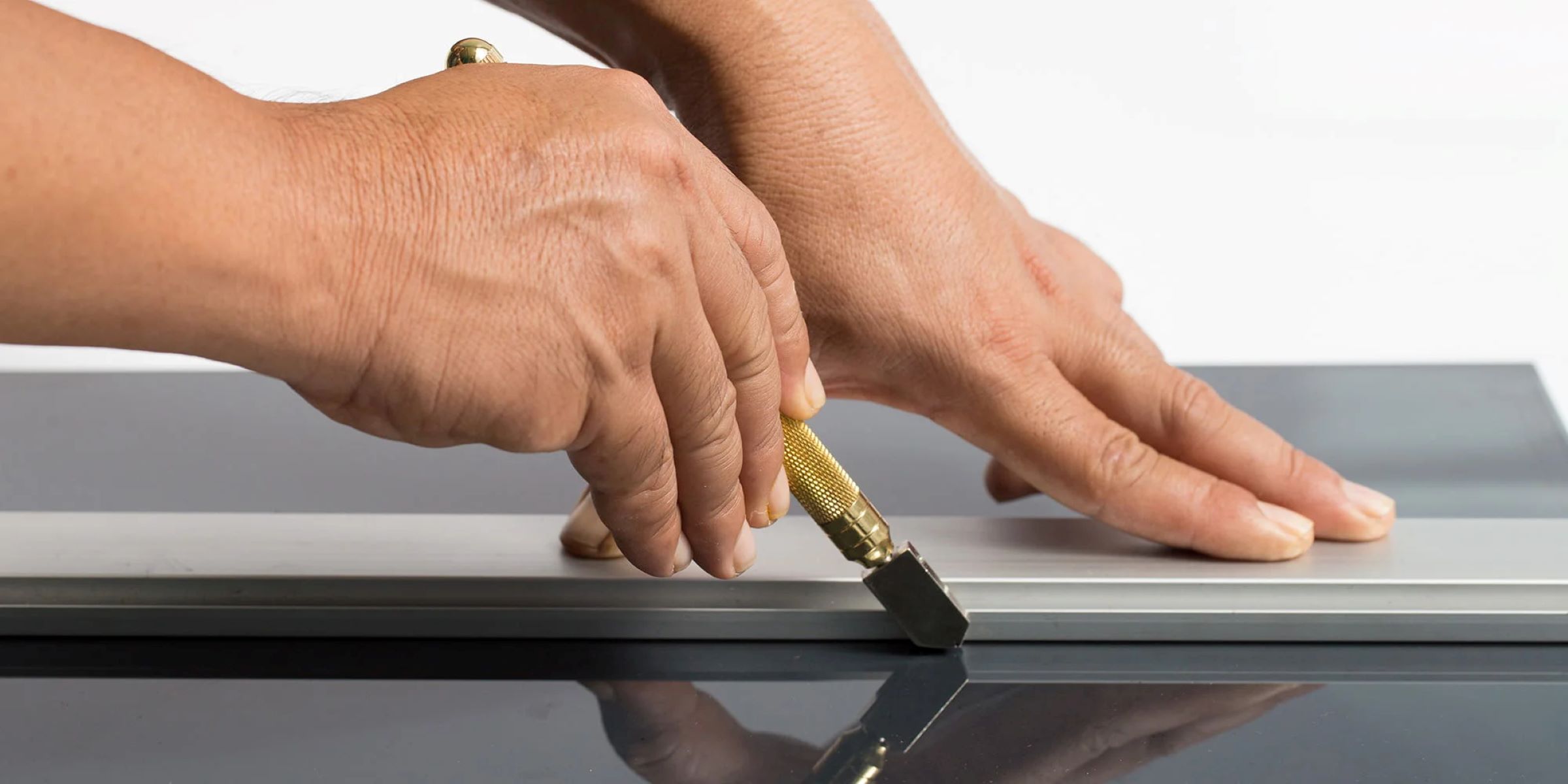
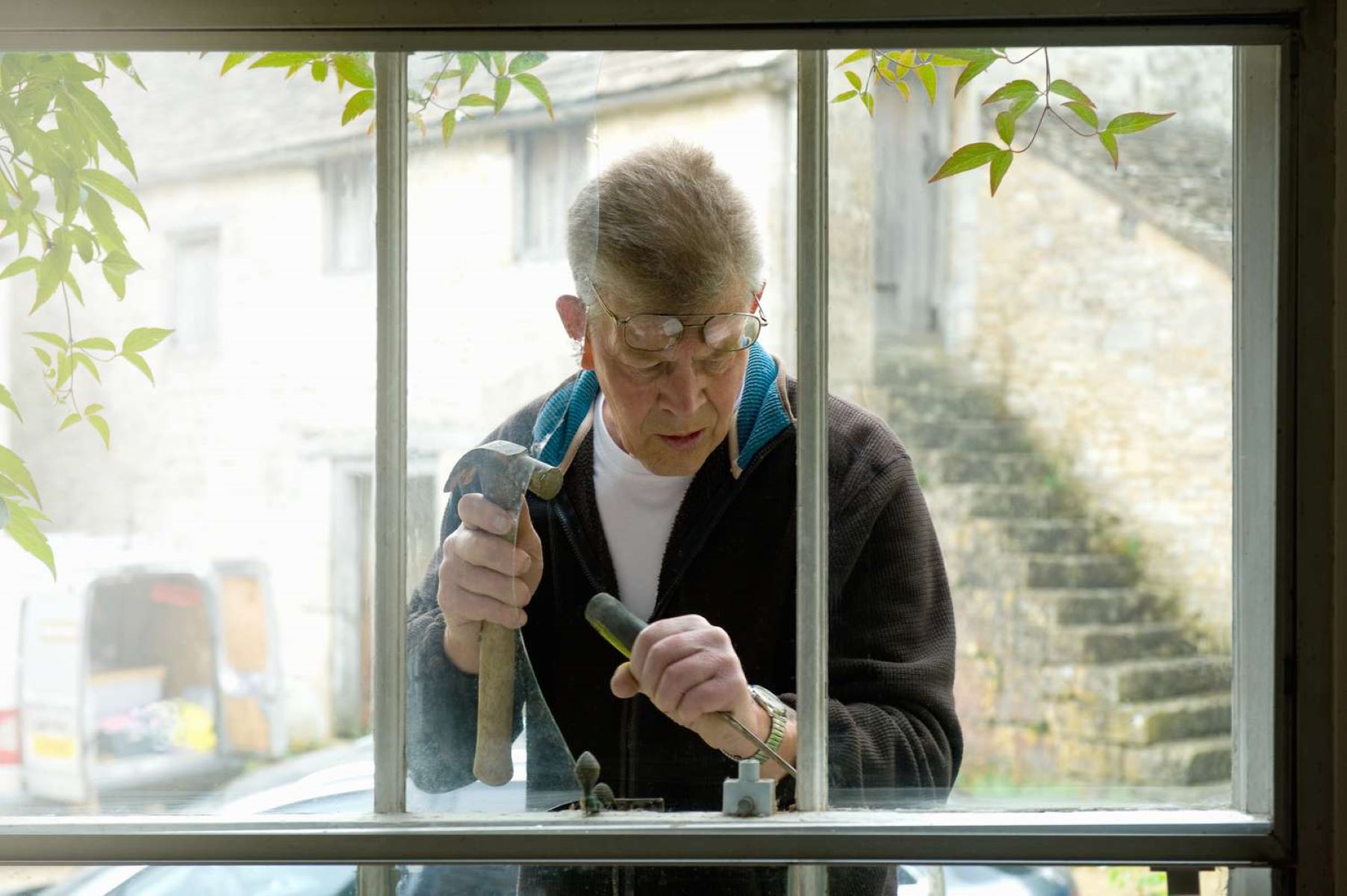
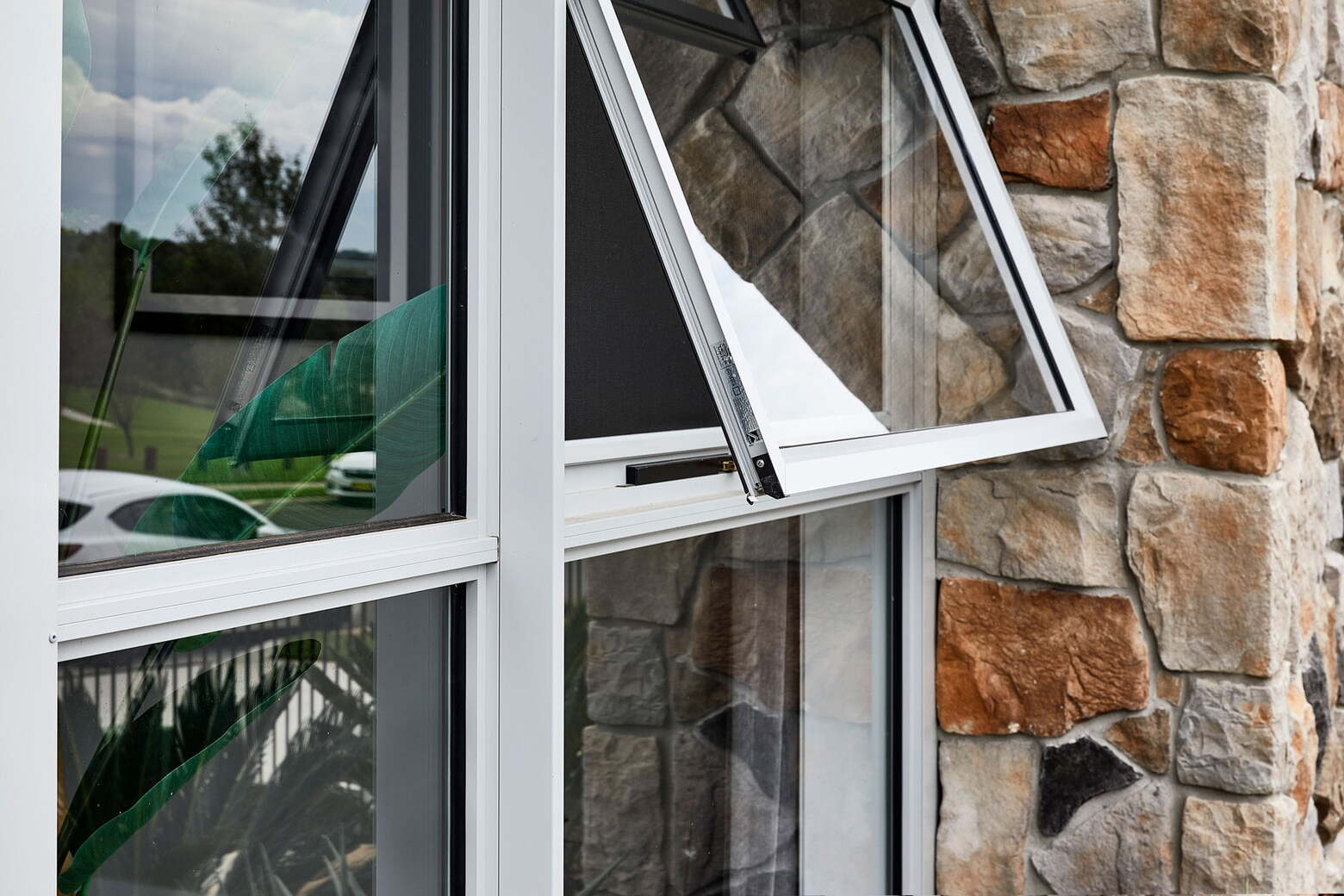
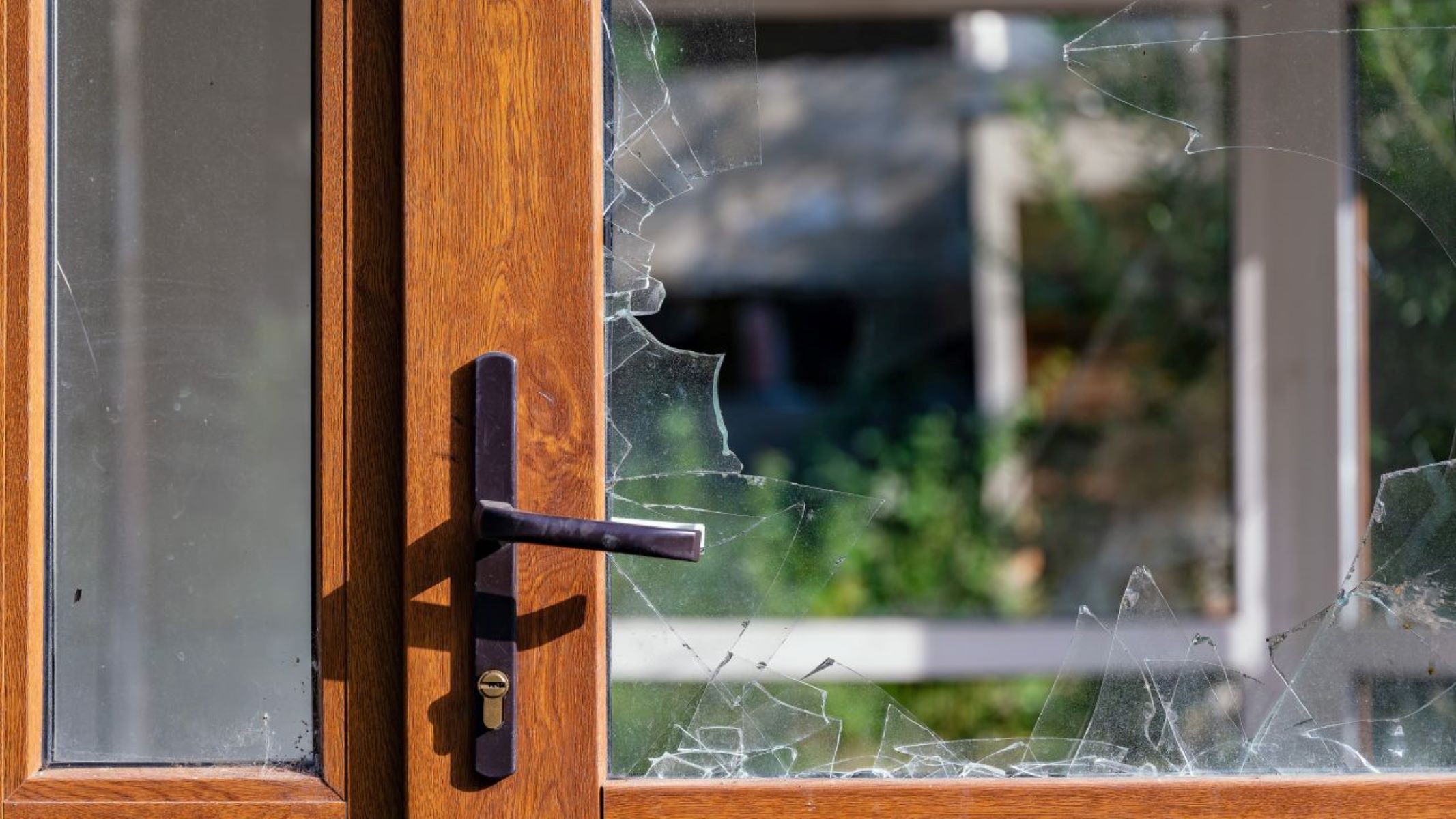
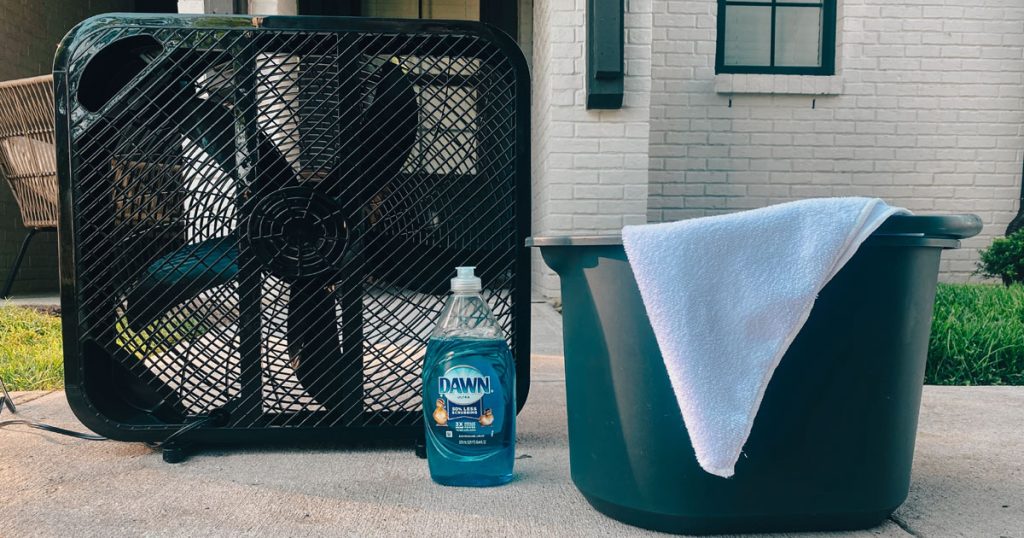
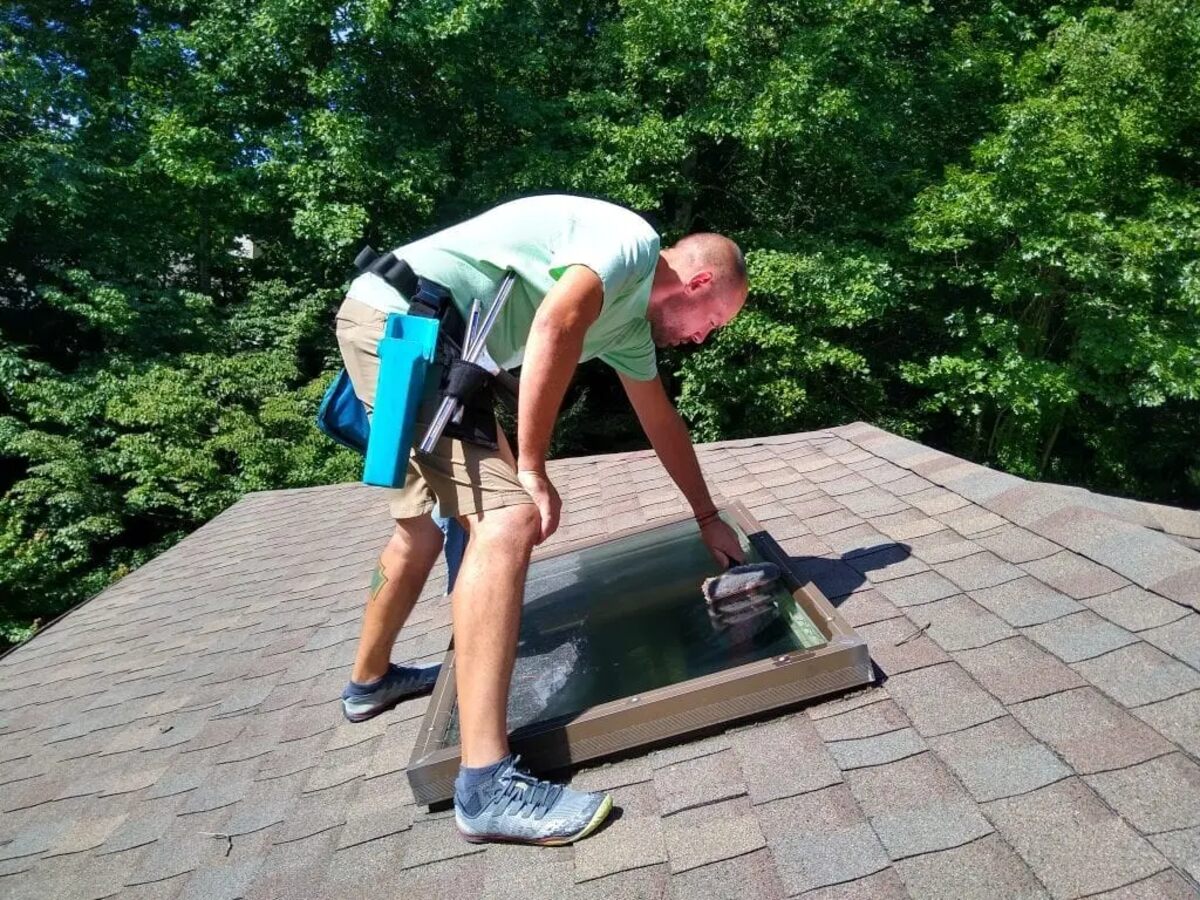

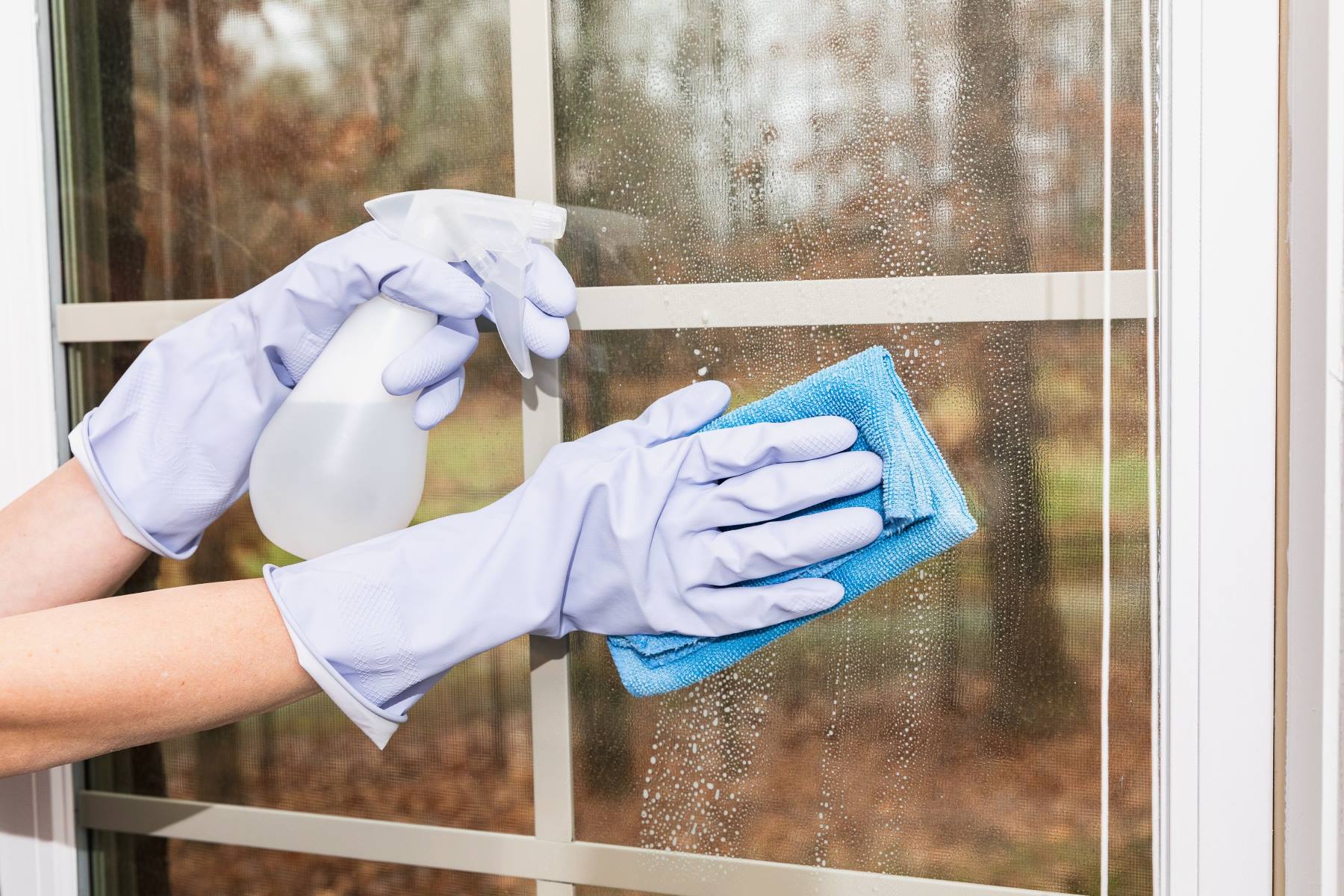

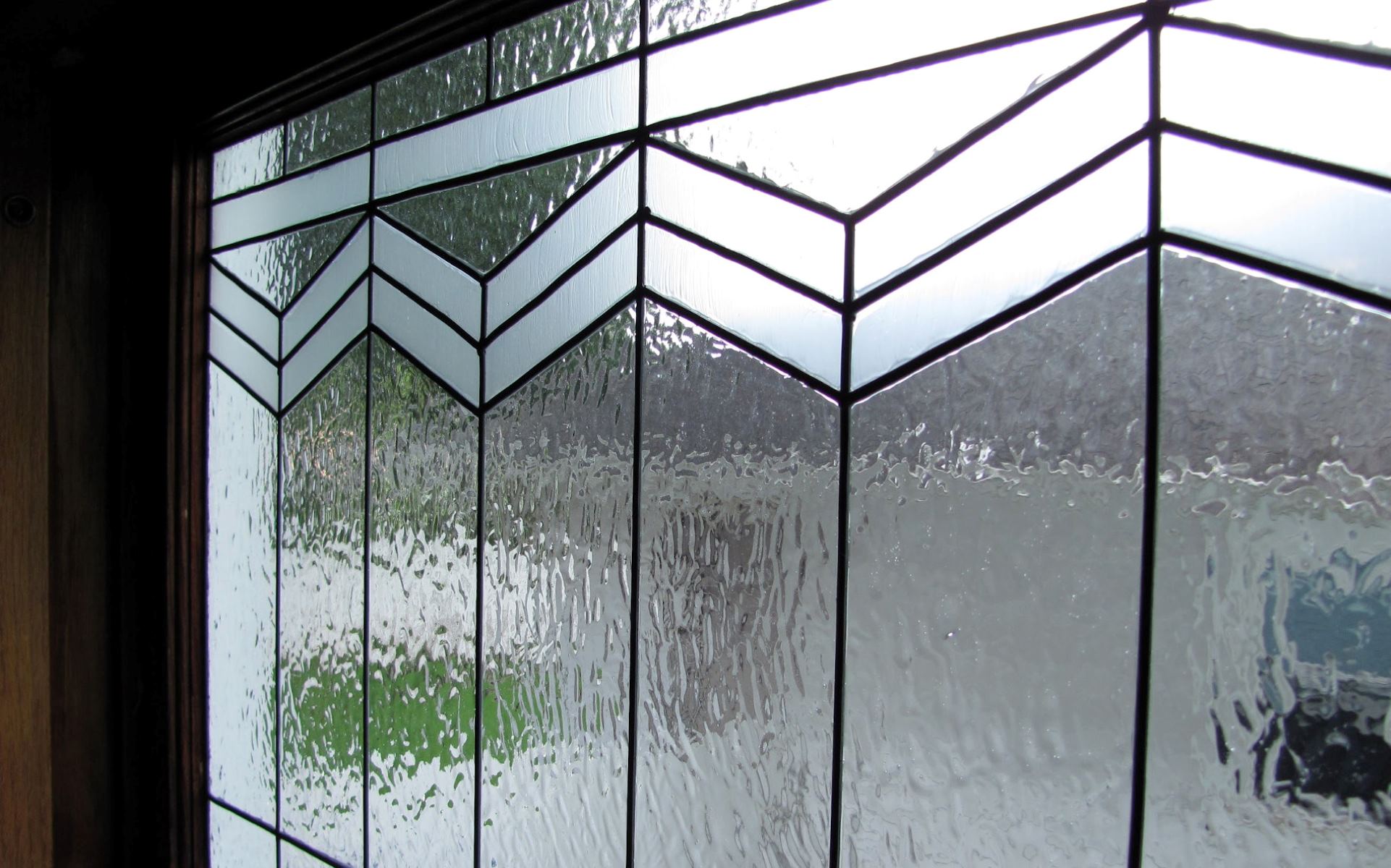

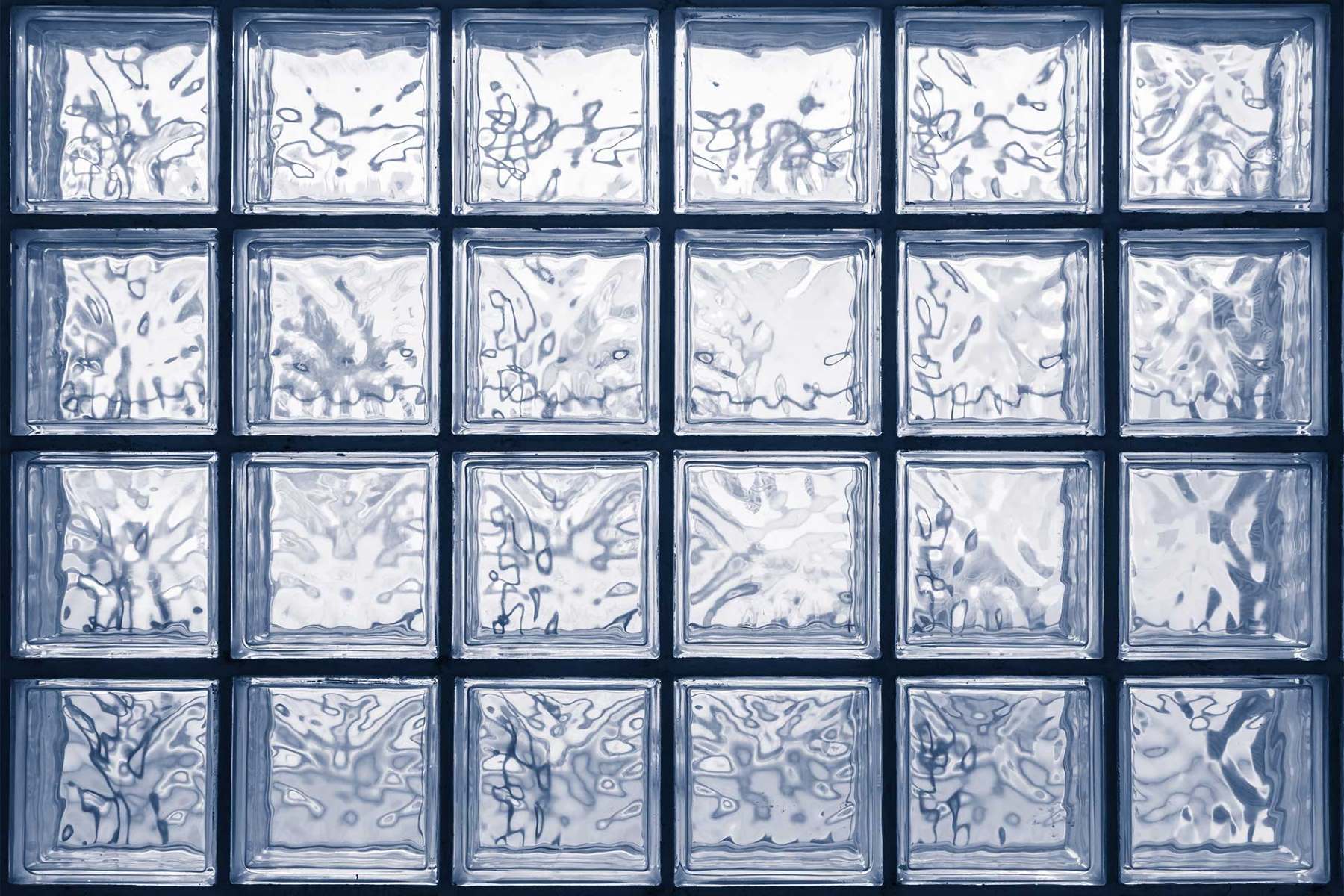
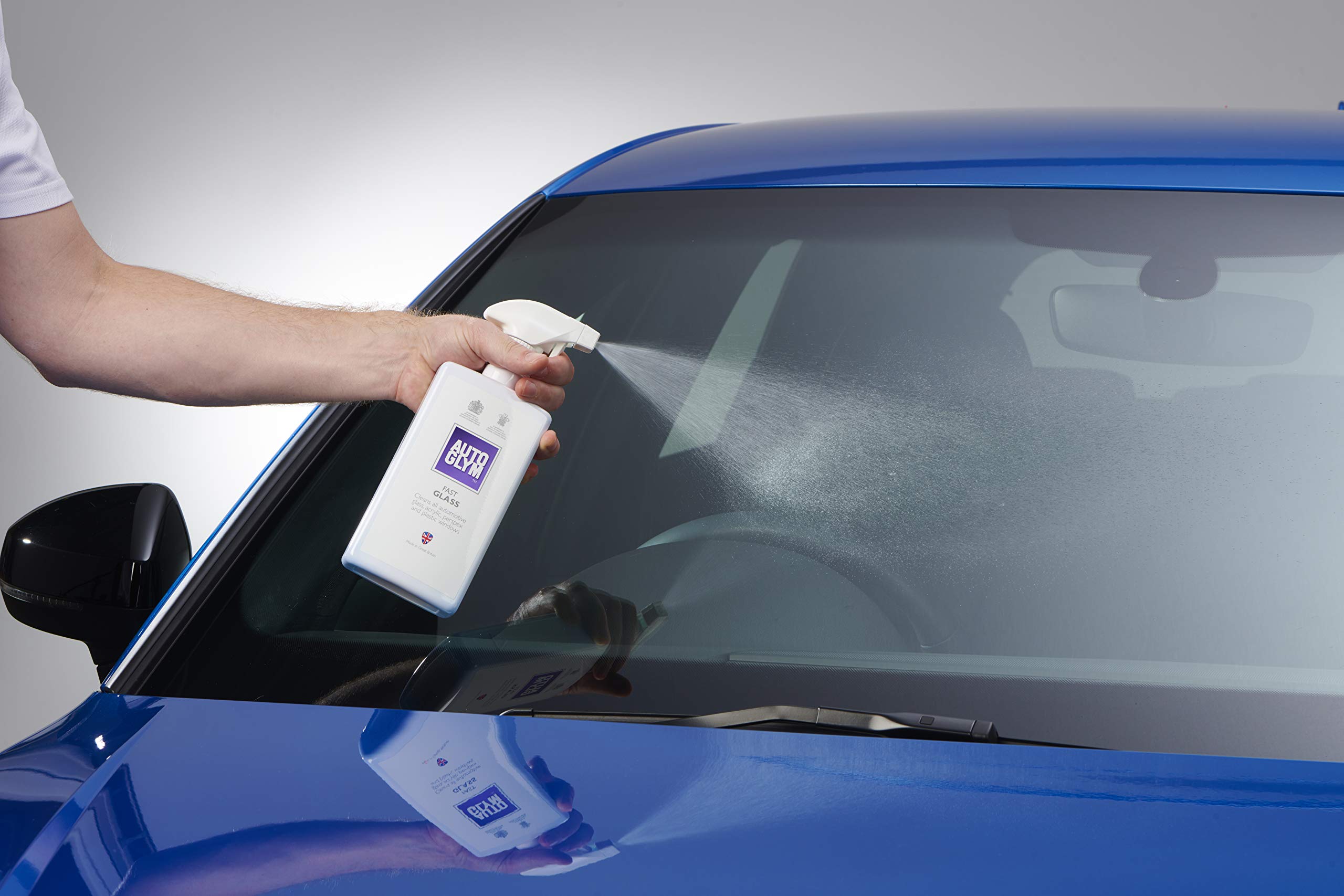
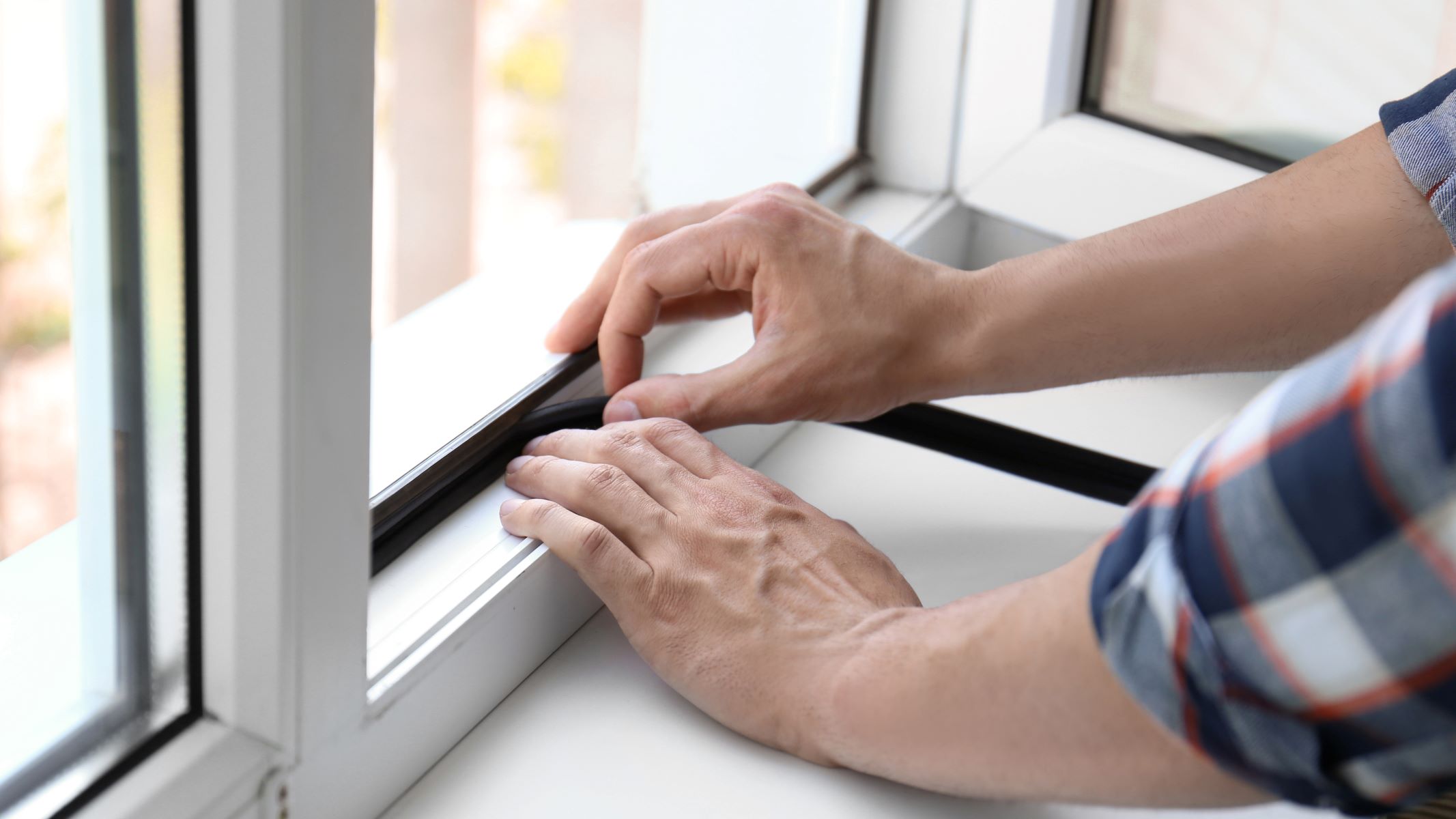

0 thoughts on “How To Clean Glass Windows”